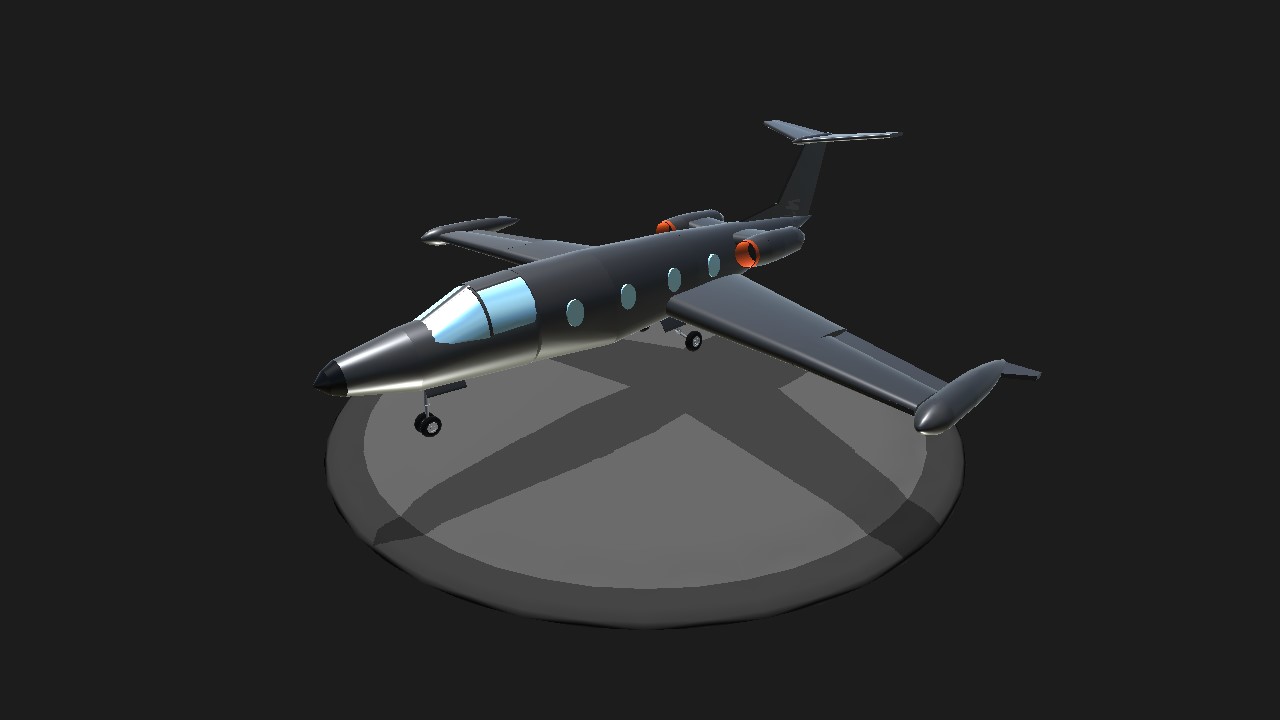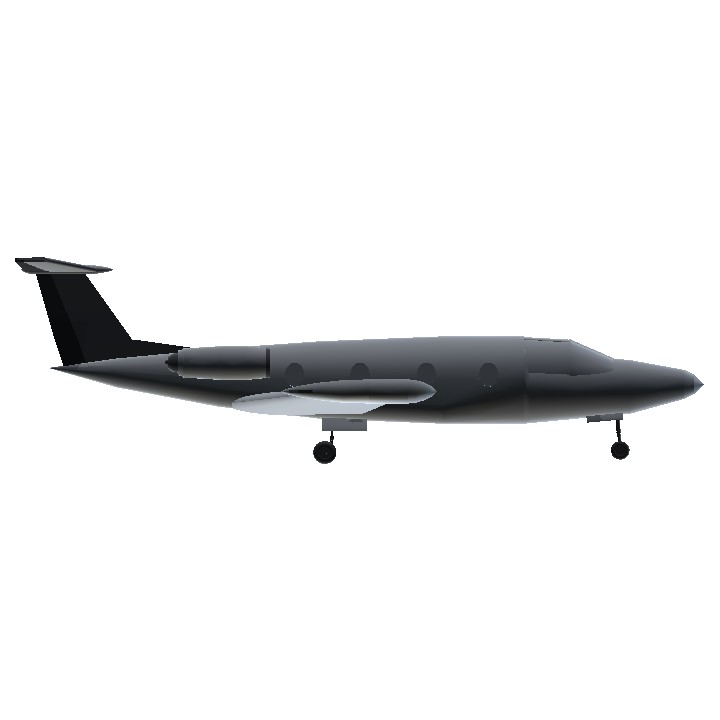The HFB 320 Hansa Jet is a twin-engine, ten-seat business jet that was designed and produced by German aircraft manufacturer Hamburger Flugzeugbau between 1964 and 1973. The most recognisable and unconventional feature of the aircraft is its forward-swept wing.HFB 320 Hansa Jet?HFB 320 on display, showing its forward wing sweep. The Hansa Jet begun development during the 1960s, the selection of the forward-swept wing can be largely attributed to head engineer Hans Wocke, who had previously worked on the experimental Junkers Ju 287. It possessed a spacious cabin, which was achieved due to its wing design, but was a relatively heavy aircraft, posing some issues during both take-off and landing. On 21 April 1964, the prototype conducted its maiden flight. On 12 May 1965, the first prototype was lost during a test flight, killing Hamburger Flugzeugbau's chief test pilot; several design changes were made to change the Hansa Jet's stall characteristics.Type certification of the Hansa Jet was received during early 1967 and the first deliveries commenced during the following year. The largest customer of the type was the German Air Force, who tasked it with both training and VIP transport duties. During 1973, it was decided to end production of the Hansa Jet. Reasons for the programme's termination include increased competition from newer executive jets, a decline in the value of the US dollar, and the limited sales of the type. The German Air Force continued to operate their Hansa Jets into the early 1990s. A limited number continued to be used amongst civilian operators into the 21st century.
Specifications
Spotlights
- IGNikolaev 6.4 years ago
General Characteristics
- Created On Android
- Wingspan 60.8ft (18.5m)
- Length 58.1ft (17.7m)
- Height 17.3ft (5.3m)
- Empty Weight 1,829lbs (829kg)
- Loaded Weight 17,979lbs (8,155kg)
Performance
- Power/Weight Ratio 2.249
- Wing Loading 35.1lbs/ft2 (171.6kg/m2)
- Wing Area 511.5ft2 (47.5m2)
- Drag Points 12929
Parts
- Number of Parts 62
- Control Surfaces 6
- Performance Cost 306





